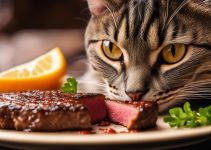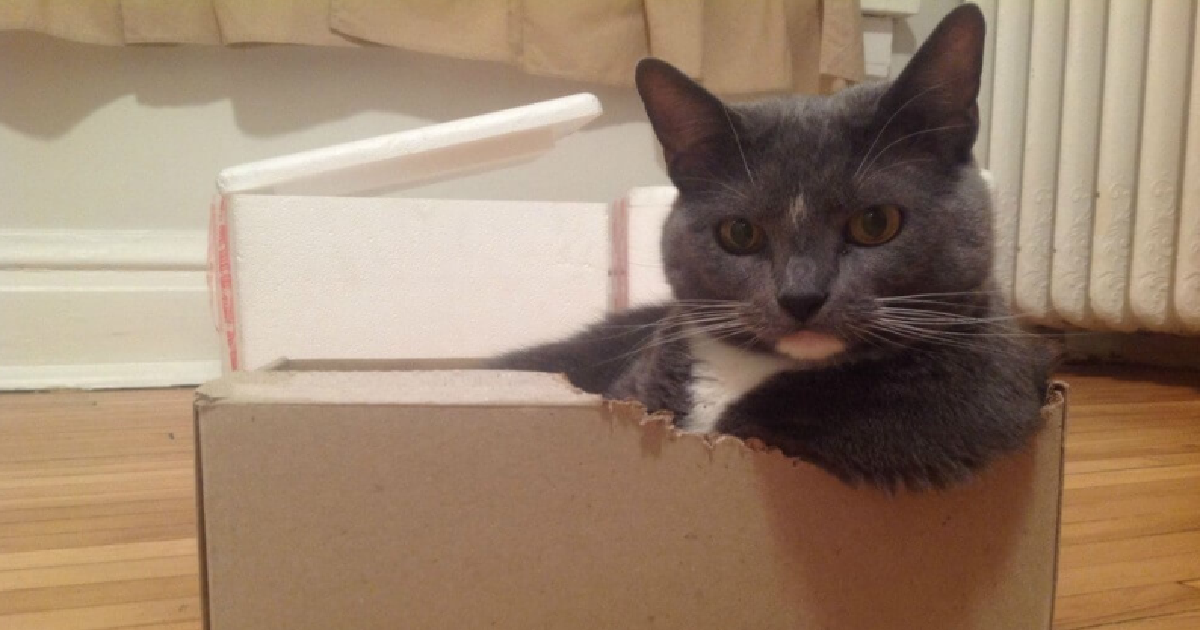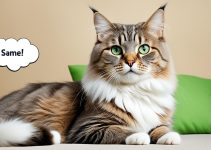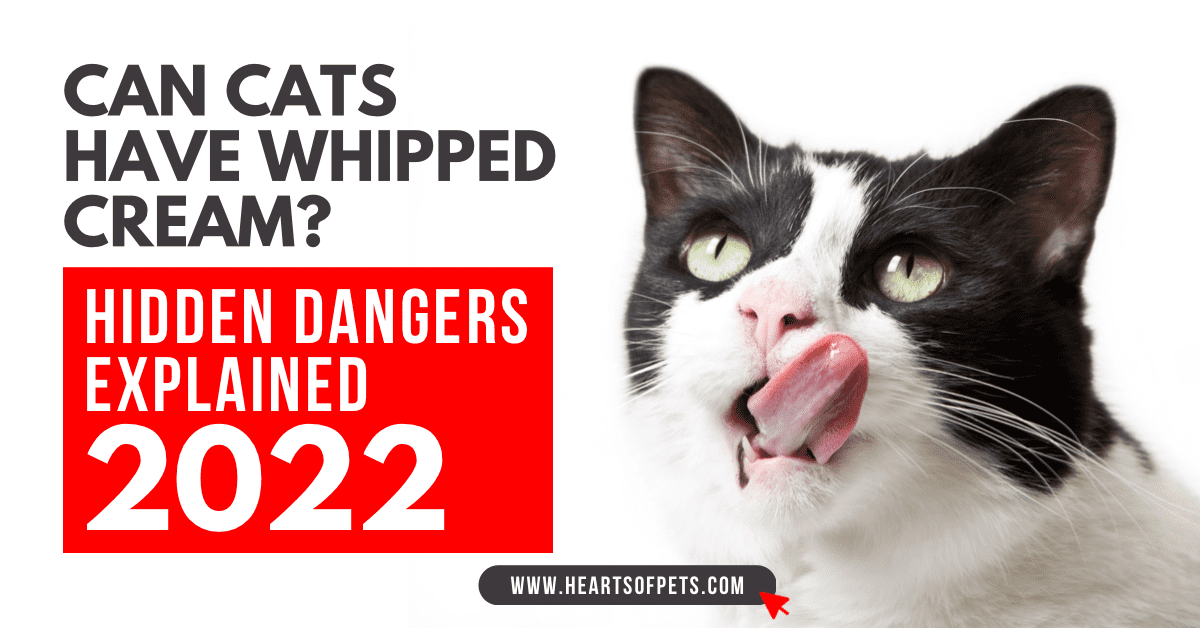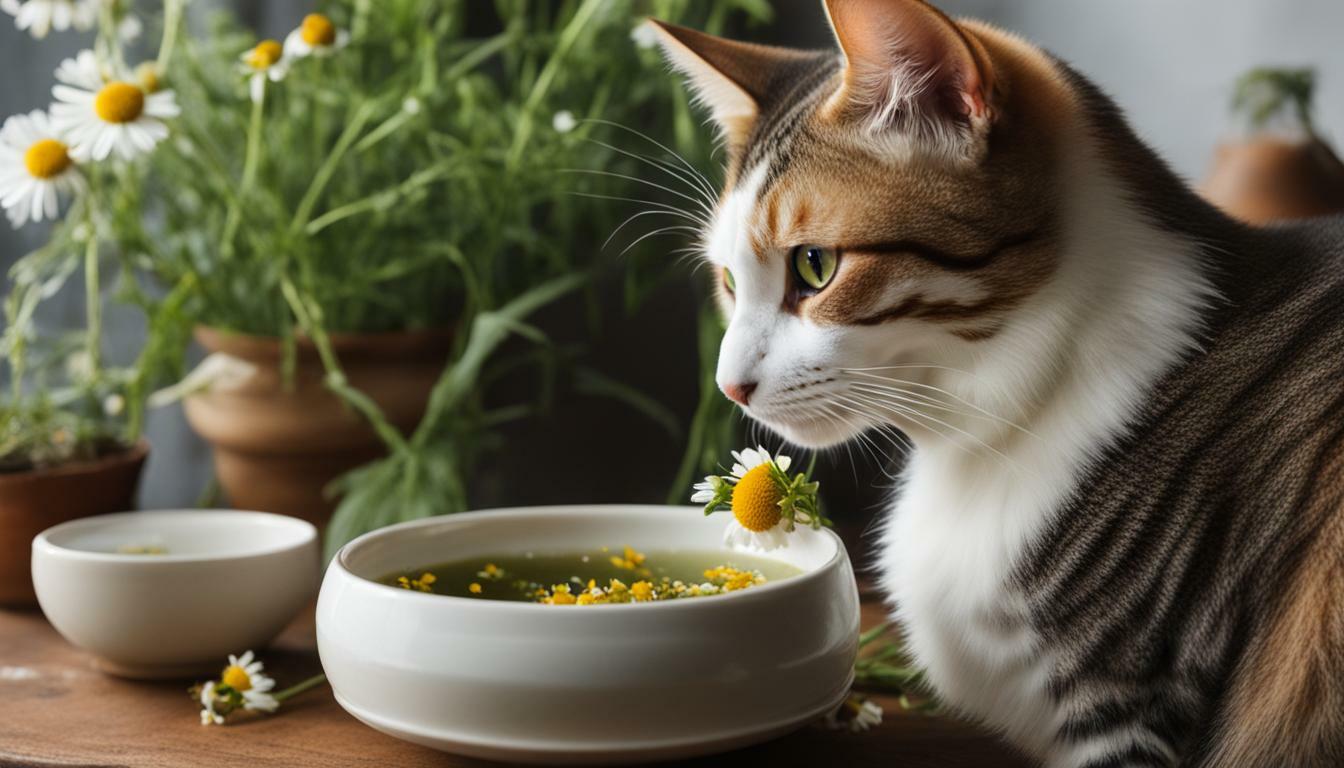As a cat owner, I often find myself wondering about the types of food I can safely share with my feline friend. One question that frequently comes up is whether kale is safe for cats to eat. After conducting extensive research and consulting with veterinarians, I have discovered some important information about this leafy green and its impact on our furry companions.
Kale, known for its numerous health benefits in humans, may not be as cat-friendly as we may think. While it is true that cats are naturally curious and may show interest in exploring new foods, it is crucial to be cautious about what we offer them.
When it comes to kale, it is best to keep it off the menu for our feline friends. This vibrant green contains oxidizing agents that can cause Heinz body anemia in cats. This condition affects their red blood cells, making them damaged and unusable. Even small amounts of kale can potentially be harmful to cats, so it’s better to err on the side of caution.
If you suspect that your cat has consumed kale or is showing signs of kale ingestion, such as weakness, loss of appetite, pale lips and gums, or blood in their urine, it’s important to seek veterinary care immediately. Prompt treatment can help prevent further complications and ensure your cat’s well-being.
Can Cats Eat Kale? Yes, they can, but it is not a good idea.
- While kale is a nutrient-rich vegetable for humans, it is not safe for cats to eat.
- Kale contains oxidizing agents that can cause anemia in cats, leading to red blood cell damage.
- Even small amounts of kale can be harmful to cats, so it’s best to avoid feeding it to them altogether.
- If your cat exhibits symptoms of kale ingestion, such as weakness or blood in their urine, it’s important to seek veterinary care.
- Providing a balanced and nutritionally complete diet that meets a cat’s specific dietary needs is essential for their overall health and well-being.
The Risks of Feeding Kale to Cats
Cats are obligate carnivores and their bodies require specific nutrients that are predominantly found in animal tissues. While kale is a nutrient-rich vegetable for humans, it does not meet the specific dietary requirements of cats.
Feeding kale to cats can lead to nutrient imbalances and digestive issues. Cats require a diet that is high in animal-based proteins and fats.
It is important to prioritize your cat’s dietary needs and provide them with high-quality commercial cat food that is formulated to meet their nutritional requirements.
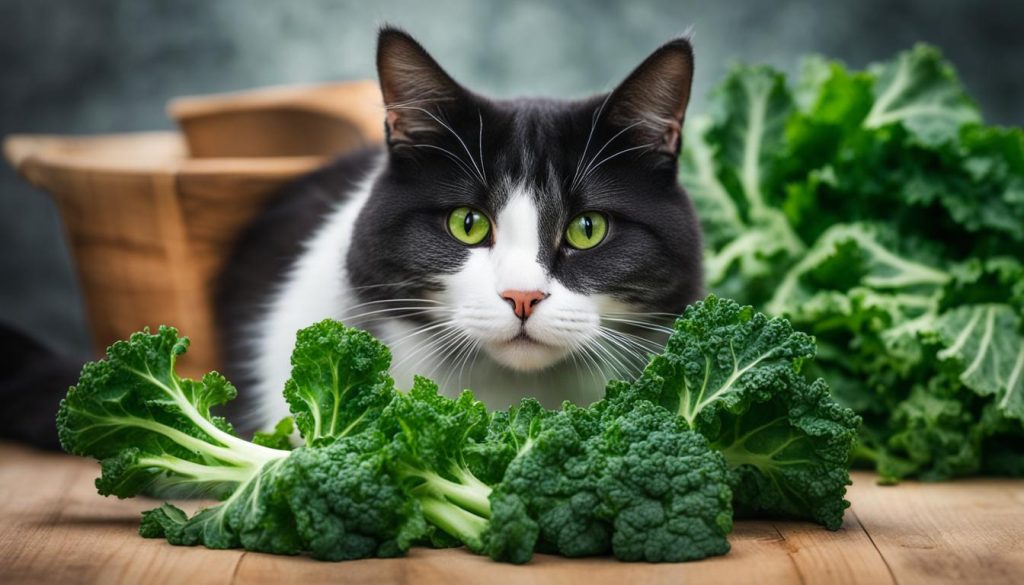
Cats have unique feline dietary needs that are best met through a balanced and nourishing diet. While it may be tempting to share your kale-filled meals with your feline companion, it is important to understand the potential risks involved.
While kale is a popular superfood for humans, it lacks the essential nutrients, such as taurine and certain vitamins, that cats need to thrive.
Feeding kale to cats on a regular basis can lead to nutrient deficiencies and health issues such as digestive problems, weakened immune system, and even heart disease.
Alternatives to Kale for Cats
While kale is not safe for cats to eat, there are other cat-friendly vegetables and leafy greens that can be included in their diet. Spinach, in moderation, can be a safer alternative to kale. It contains nutrients like iron and vitamin K that are beneficial for cats. Remember to cook spinach before serving it to your furry friend, as raw spinach can be difficult for cats to digest.
Another option for incorporating leafy greens into a cat’s diet is cat grass. Wheatgrass or oatgrass can provide a safe and enjoyable way for cats to indulge in greens. Cat grass is rich in fiber and can help aid digestion. You can grow cat grass at home or find it in pet stores.
While not a green, catnip is an herb that many cats enjoy and can provide mental and physical stimulation. It can be given as an occasional treat or used to enrich their playtime.
These alternatives to kale can be incorporated into a cat’s diet to provide enrichment and potential health benefits. Remember to introduce new foods gradually and in small quantities to ensure your cat’s digestive system adjusts well. Consulting with your veterinarian for specific dietary recommendations is always a good idea to ensure your cat’s diet remains balanced and suits their individual needs.
The Importance of a Balanced Cat Diet
When it comes to cat nutrition, providing a balanced diet is crucial for their overall health and well-being. While it’s possible to include certain vegetables and leafy greens in a cat’s diet, it’s important to remember that they should not make up a significant portion of their food. Cats are carnivores by nature and thrive on diets that are high in protein and fat, which are primarily found in meat and other animal products.
Feeding your cat a diet that is nutritionally complete and balanced ensures they receive all the essential nutrients they need, such as amino acids, vitamins, and minerals, in the correct proportions. These nutrients play a vital role in supporting their immune system, promoting healthy growth and development, and maintaining optimal body functions.
It’s worth noting that cats have specific dietary requirements that differ from other animals, including humans. While vegetables and leafy greens can provide some additional nutrients and fiber, they should be considered as optional supplements rather than the main source of nutrition. Focusing on high-quality commercial cat food that is formulated to meet a cat’s nutritional needs is the best way to ensure they receive a well-balanced diet.
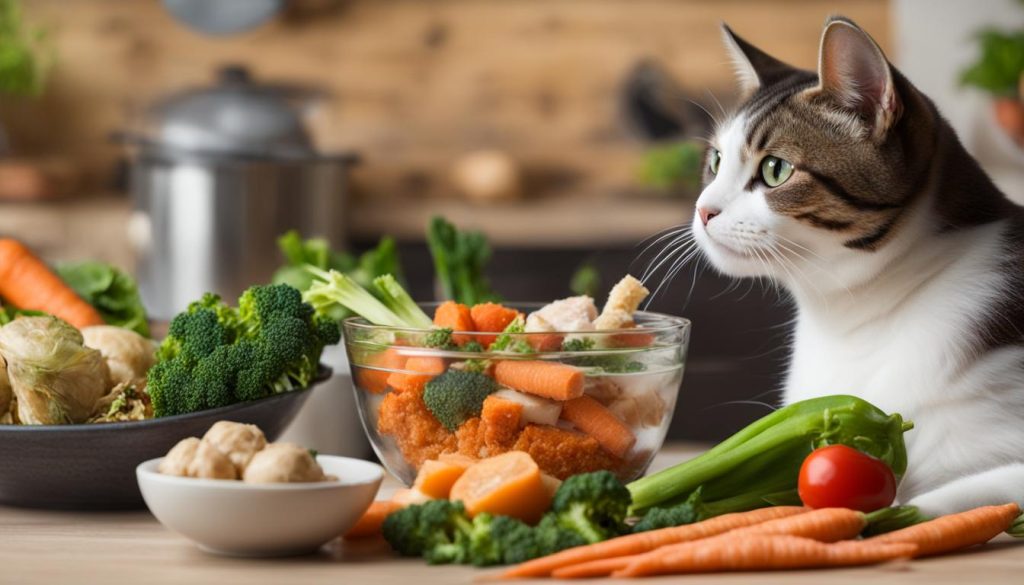
Incorporating healthy cat food into their diet helps prevent nutrient deficiencies and imbalances that can lead to various health issues. These may include problems with their skin and coat, digestive disturbances, developmental problems, and reduced overall vitality. By providing a balanced cat diet, you can support their immune system, maintain a healthy weight, and increase their lifespan.
Remember, just like humans, cats require a carefully balanced diet to thrive. By prioritizing your cat’s nutrition and feeding them a high-quality, nutritionally complete cat food that meets their specific needs, you can ensure they live a long, healthy, and happy life.
Conclusion
It is not safe for cats to eat kale. Kale contains oxidizing agents that can cause anemia in cats. While small amounts of kale may not cause immediate harm, it is best to avoid feeding kale to cats altogether. Instead, focus on providing a balanced and nutritionally complete diet that meets a cat’s specific dietary needs. There are alternative cat-friendly vegetables and leafy greens that can be included in their diet for added variety and potential health benefits. Prioritizing your cat’s nutrition and overall health is essential for their well-being.
FAQ
Can cats eat kale?
No, kale is not safe for cats to eat. It contains oxidizing agents that can cause anemia in cats.
What are the risks of feeding kale to cats?
Feeding kale to cats can lead to Heinz body anemia, where red blood cells become damaged and unusable.
Are there any cat-friendly alternatives to kale?
Yes, there are other cat-friendly vegetables and leafy greens that can be included in a cat’s diet, such as spinach, cat grass, and catnip.
Why is a balanced cat diet important?
Cats require specific nutrients that are predominantly found in animal tissues. A balanced diet helps meet their nutritional needs for optimal health.

